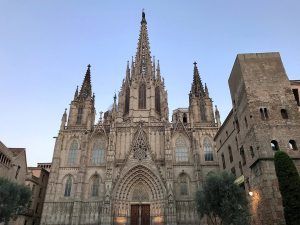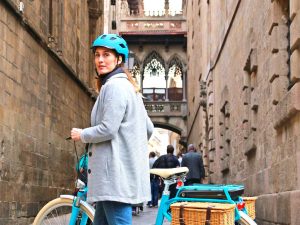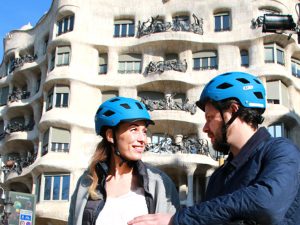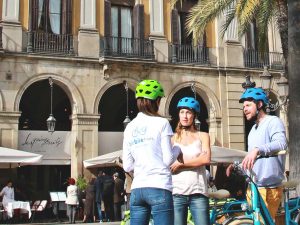Barcelona has plenty of cultural highlights and culinary delights to satisfy even the most insatiable and distinguishing of guests. But expenses can quickly add up if you’re not paying attention. And while it may be more wallet-friendly than cities like Amsterdam, London and Paris, Barcelona’s popularity does bring along its fair share of pricey tourist attractions.
We’ve curated this list of the best free activities so that you can soak up the essence of the Catalan capital without breaking the bank.
TABLE OF CONTENTS
1. Look for museums with free entry times
Yep, a handful of museums offer free entry at given times and/or on specific days.
You’ve got the Barcelona Museum of Contemporary Art (MACBA) in El Raval, every Saturday from 4:00 PM onwards. Then the Picasso Museum in El Born on Thursday afternoons starting at 4:00 PM, in addition to the first Sunday of each month. The Museu Nacional d’Art de Catalunya (MNAC) in Montjuïc allows you to enter without charge on Saturdays from 3:00 PM. Plus, the Monastery of Pedralbes (now a museum) is free every Sunday. It isn’t centrally located like most, but if you’re visiting for more than a few days, it’s a refreshingly serene place that offers you a glimpse into monastic life.
There’s a whole lot more though, so do some extra digging and book a slot in advance when possible! Take delight in the fact that there’s no need to shell out 30€ for a single ticket. You can still see the best of Barcelona’s museums on a budget.
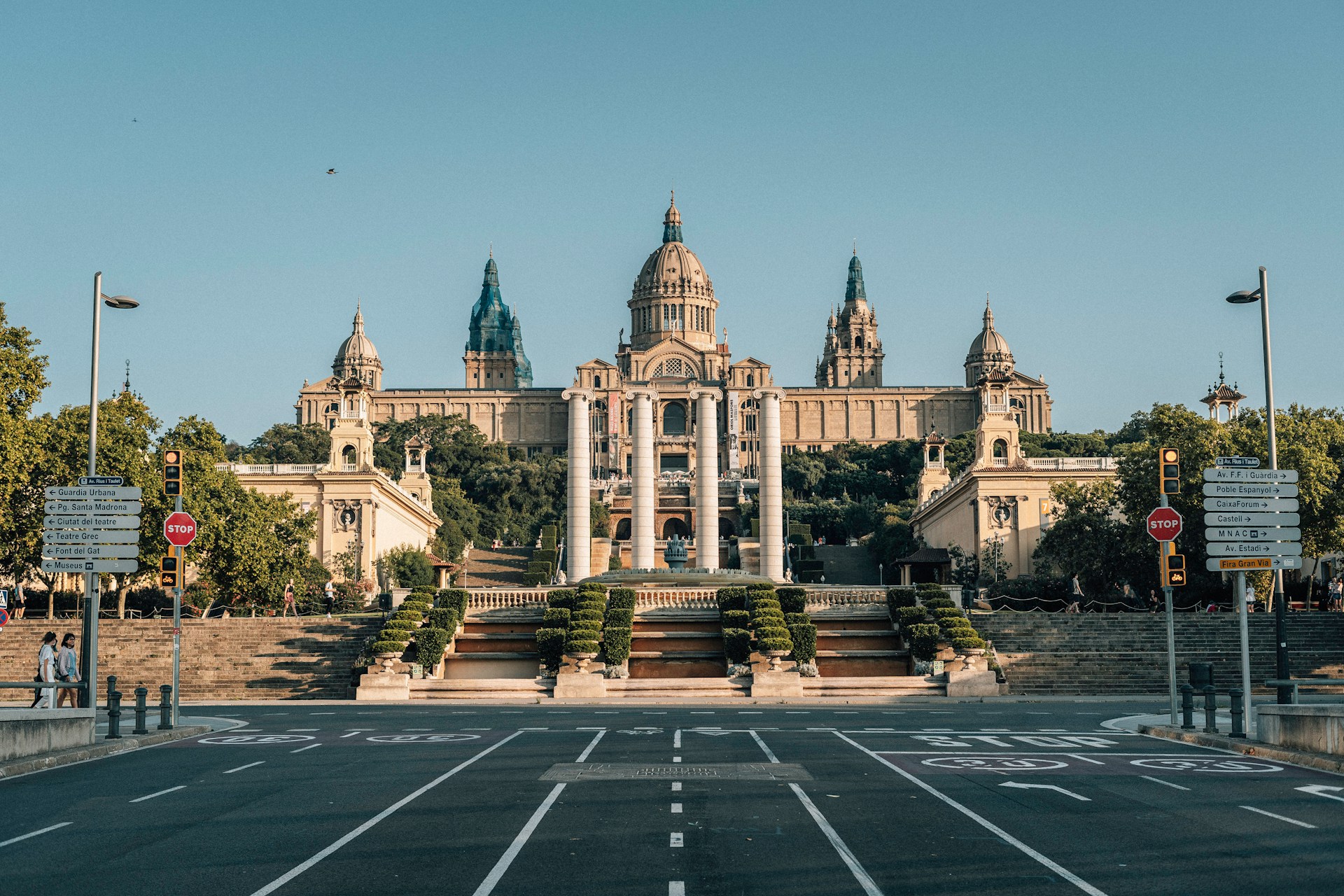
2. Appreciate architecture from the outside
Since many sites require you to pay to go inside, there’s nothing wrong with appreciating them from the outside. Marveling at their façades is an experience in itself.
The Sagrada Familia might be the most iconic attraction of Barcelona, located in the heart of the city. Its towering spires and imposing presence make it an essential stop for anyone, regardless of whether they step inside its sacred halls. Rumor has it, the cathedral is due for completion in 2026 – exactly 100 years after its architect Antoni Gaudi’s death. That is, as long as no more delays get it in the way.
Other Gaudi buildings to add to your map:
- Casa Batlló and La Pedrera-Casa Milà – both on the main shopping avenue of Passeig de Gràcia
- Casa Vicens – in the Gràcia neighborhood
It’s not said enough, though. While Gaudi is undoubtedly Catalonia’s most famous designer, there’s a lot more to see for fans of Modernist architecture. A short walk away from the Sagrada Familia is the world’s largest art nouveau complex, the Recinte Modernista de Sant Pau, formerly the Hospital de la Santa Creu i Sant Pau. And also along Passeig de Gràcia, there’s Casa Amatller.
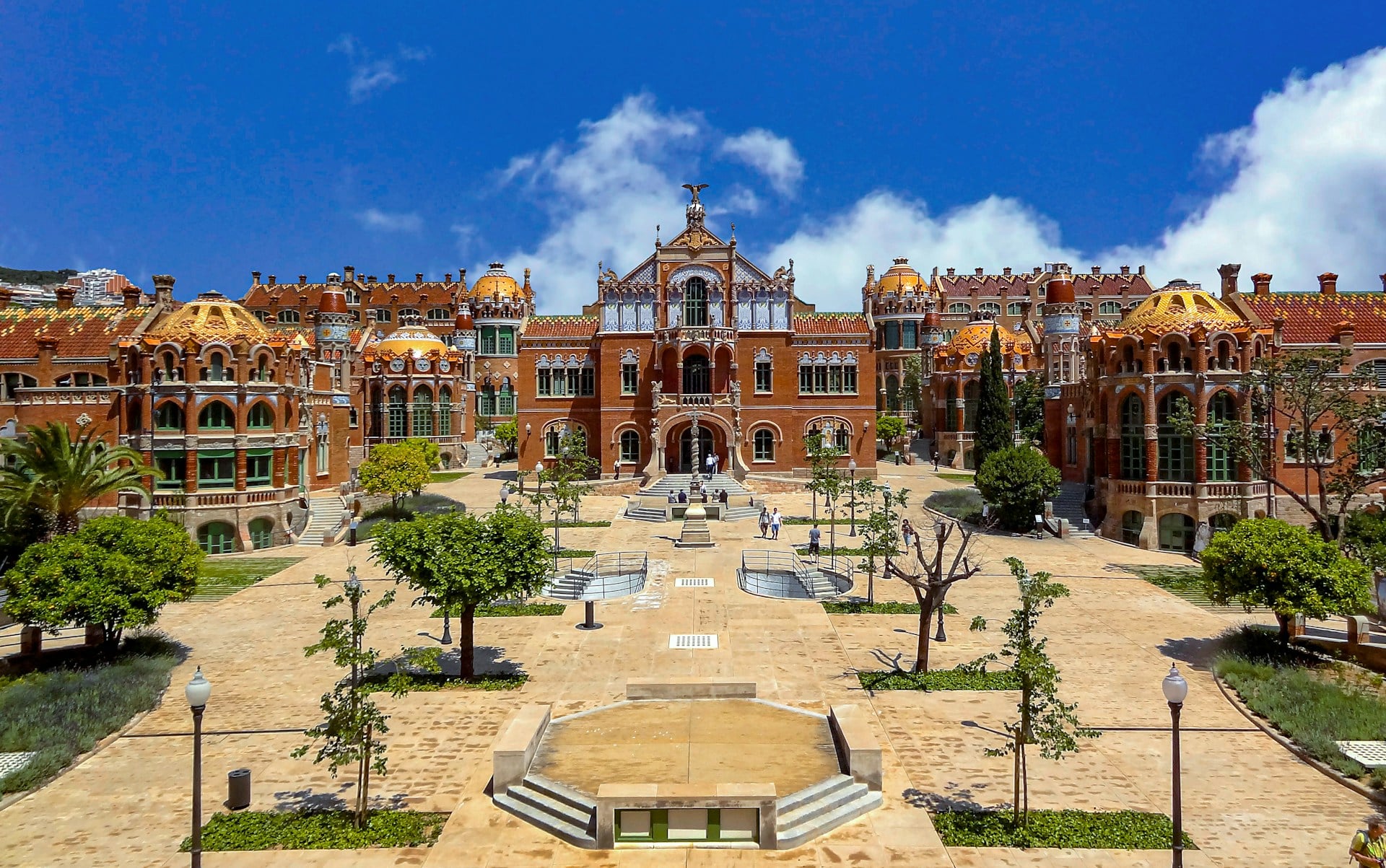
3. Roam down Las Ramblas
If it’s your first time in the Catalan capital, get it done. Once, and maybe never again – depending on how you feel about crowds.
Las Ramblas is the city’s most recognized boulevard. Flanked by picturesque lines of trees and food joints, you’ll also spot various quirky street performances. One end, marked by the Christopher Columbus monument, takes you to the seaport. The other leads you to the main square of Plaça Catalunya.
Taking a walk along Las Ramblas is a quintessential Barcelona experience. But be cautious. It’s a popular choice for pickpockets. And though the smell of food is tempting, it tends to be pricey and lacking in quality. You can check our restaurant lists to see what’s really worth your buck.
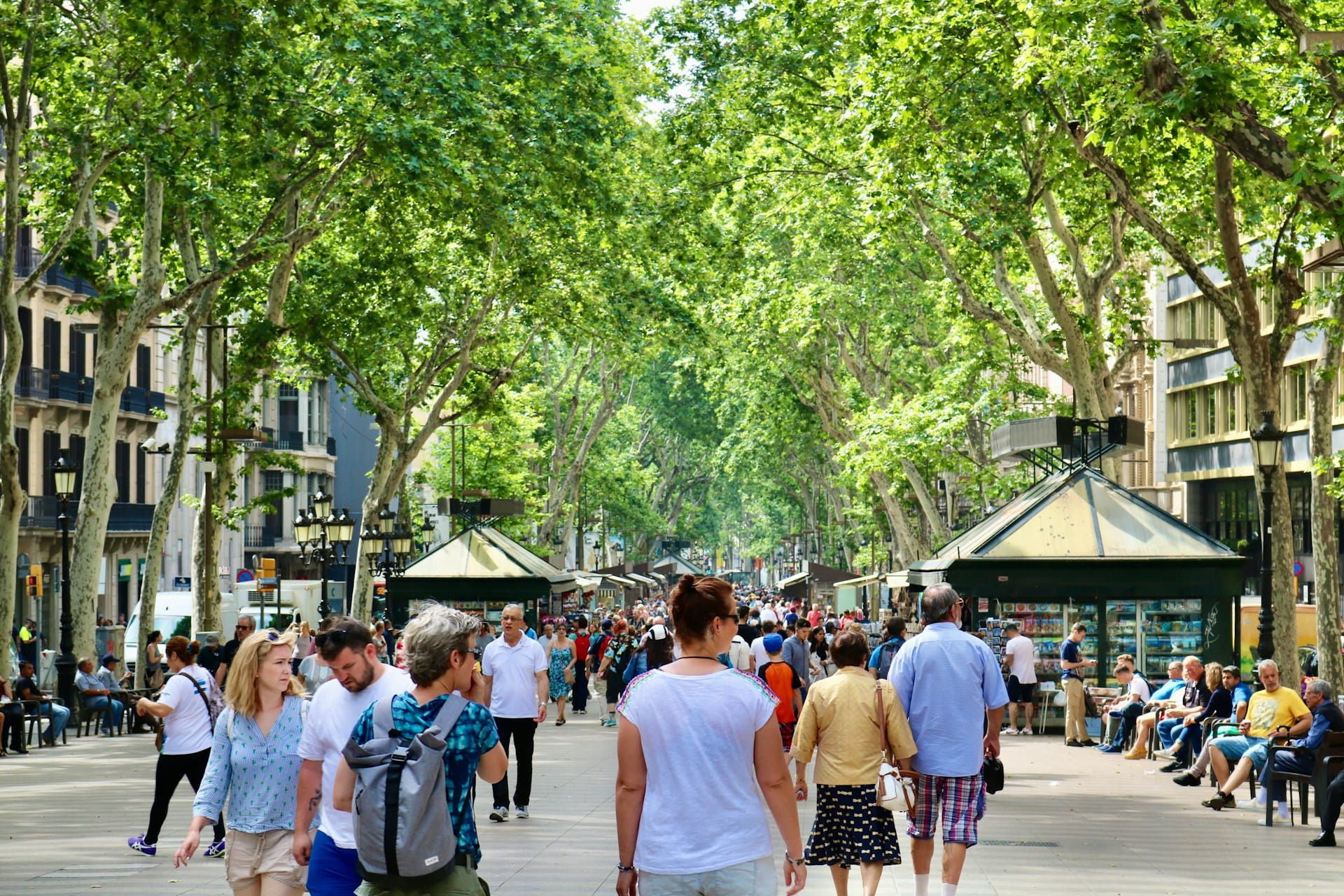
4. Wander through the Gothic Quarter and El Born
Immerse yourself in the labyrinthine charm of Barri Gòtic, where cobblestone lanes weave together quirky shops and century-old establishments. At the neighborhood’s center stands the majestic Catedral. Emerging from this medieval maze, you’ll either come across Las Ramblas or Via Laietana, which borders the nextdoor area of El Born.
Also steeped in history, El Born’s past is visible through the architecture, much of which dates back to the 14th century. A few of our favorites are the Palau de la Música Catalana and the church of Santa María del Mar. By night, El Born’s cozy bars and tasty tapas joints light up with life.
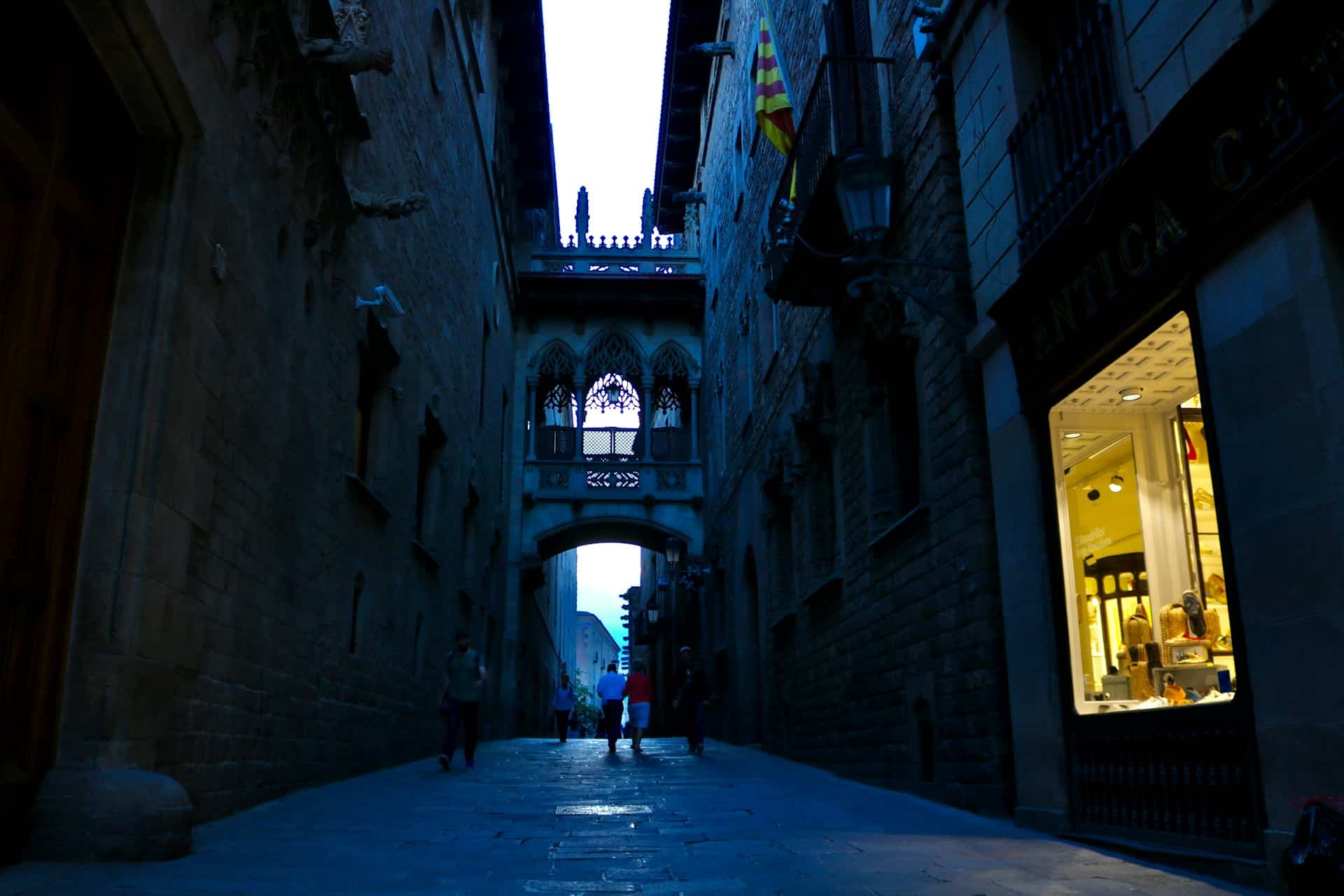
5. Explore Montjuic and its gardens
The hill of Montjuïc stands out with its array of museums, gardens, and historic landmarks. Some require admission, but many also come free of charge.
Stroll through the Moorish-inspired Jardins de Laribal, adorned with fountains, sculptures and winding pathways. Don’t miss the Olympic Stadium, the host of the 1992 Summer Olympics, now a popular venue for concerts and sports events.
For panoramic views, ascend to the summit by bus or walking – if you’re feeling fit. Crowned by the Castell de Montjuïc, erected amidst the Catalan Revolt during the 1640s, the fortress offers sweeping vistas of the city below. While entry to the interior comes with a fee, walking the outer grounds is open to all.
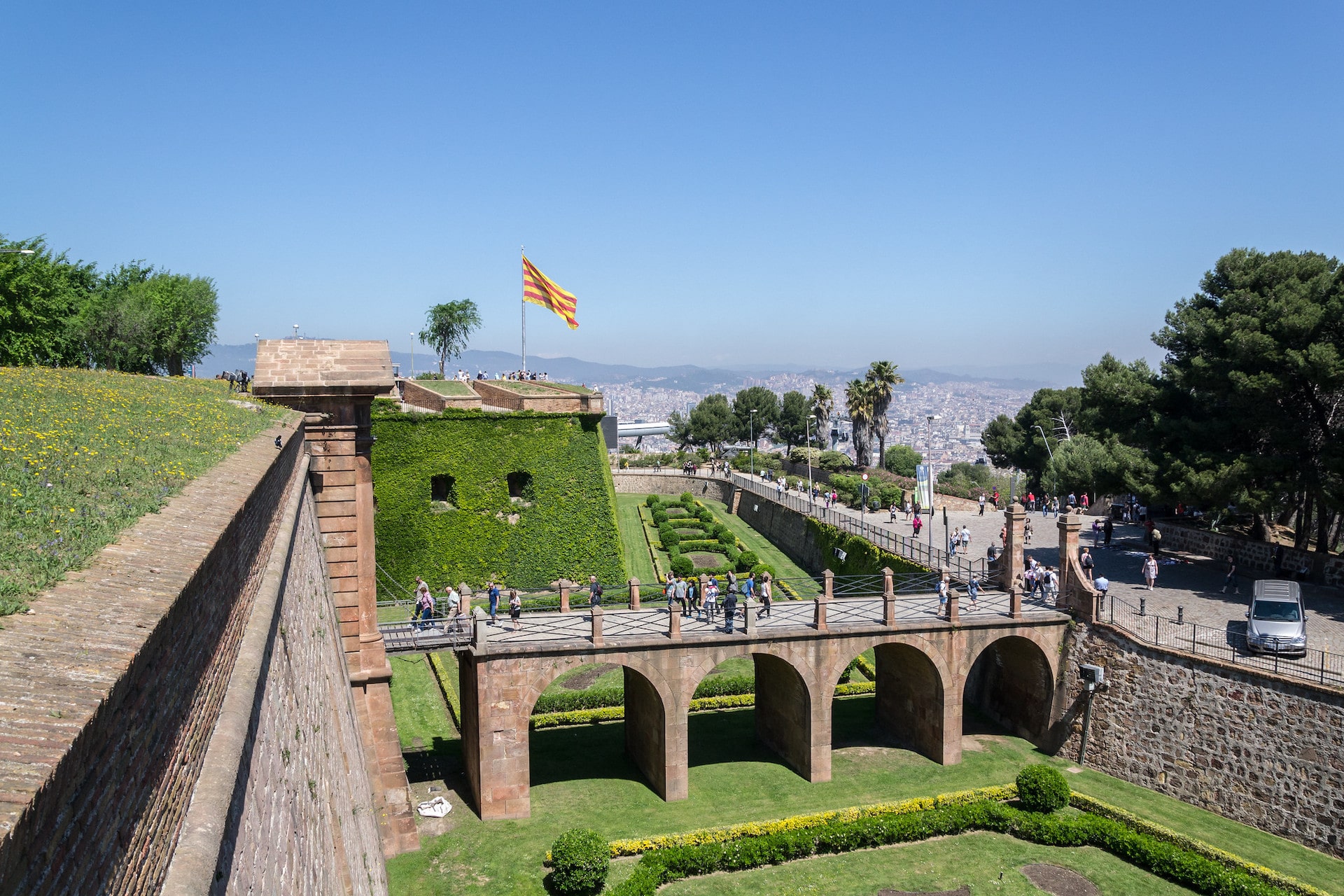
6. Visit during a festival
Festivities take place all year round, ensuring there’s always a vibrant week or weekend to plan your visit around.
In February or March, you’ve got Easter. While Barcelona, as part of Catalunya, is a bit lighter on religious fervor, the city still embraces Palm Sunday with the La Burreta procession in the historic Ciutat Vella. You’ll witness a colorful array of floats, costume-wearing devotees, and bleached palm leaf vendors.
Come August, Gràcia becomes an exhibition of creativity with the Festa Major de Gràcia. No one year is ever exactly the same. Snap shots of the extravagantly decorated streets and enjoy a lineup of free outdoor concerts to immerse yourself in.
September bids farewell to summer with a bang during the five-day Festes de la Mercè. Barcelona erupts into a whirlwind of more concerts and correfocs (a lively parade of drums, devil-dressed folk and firecrackers).
If you do find yourself in Barcelona during the balmy summer months from June to September, unwind with free beachside movie screenings courtesy of Cinema Lliure.

7. Play and/or ponder in the parks
Time spent outdoors is always time well spent.
Like many European cities, Barcelona is filled with public parks and gardens. The most famous of them all? Gaudi’s Park Güell. You’ll have to buy a ticket to enter the Monumental Zone, but the rest is open to the public.
There’s also Parc de la Ciutadella, which follows Barcelona’s Arc de Triomf and brings you to the entrance of the Barcelona Zoo. The park is a huge playground for visitors of all ages. So not only will you see children running around, but also friends or families having picnics, outdoor yoga sessions, and whatever else comes to the imagination. The Hivernacle just recently re-opened, housing a botanical greenhouse.
Moving away from the city center, we also recommend: Turó Park in the Sarrià-Sant Gervasi district and Parc de Cervantes in Les Corts.
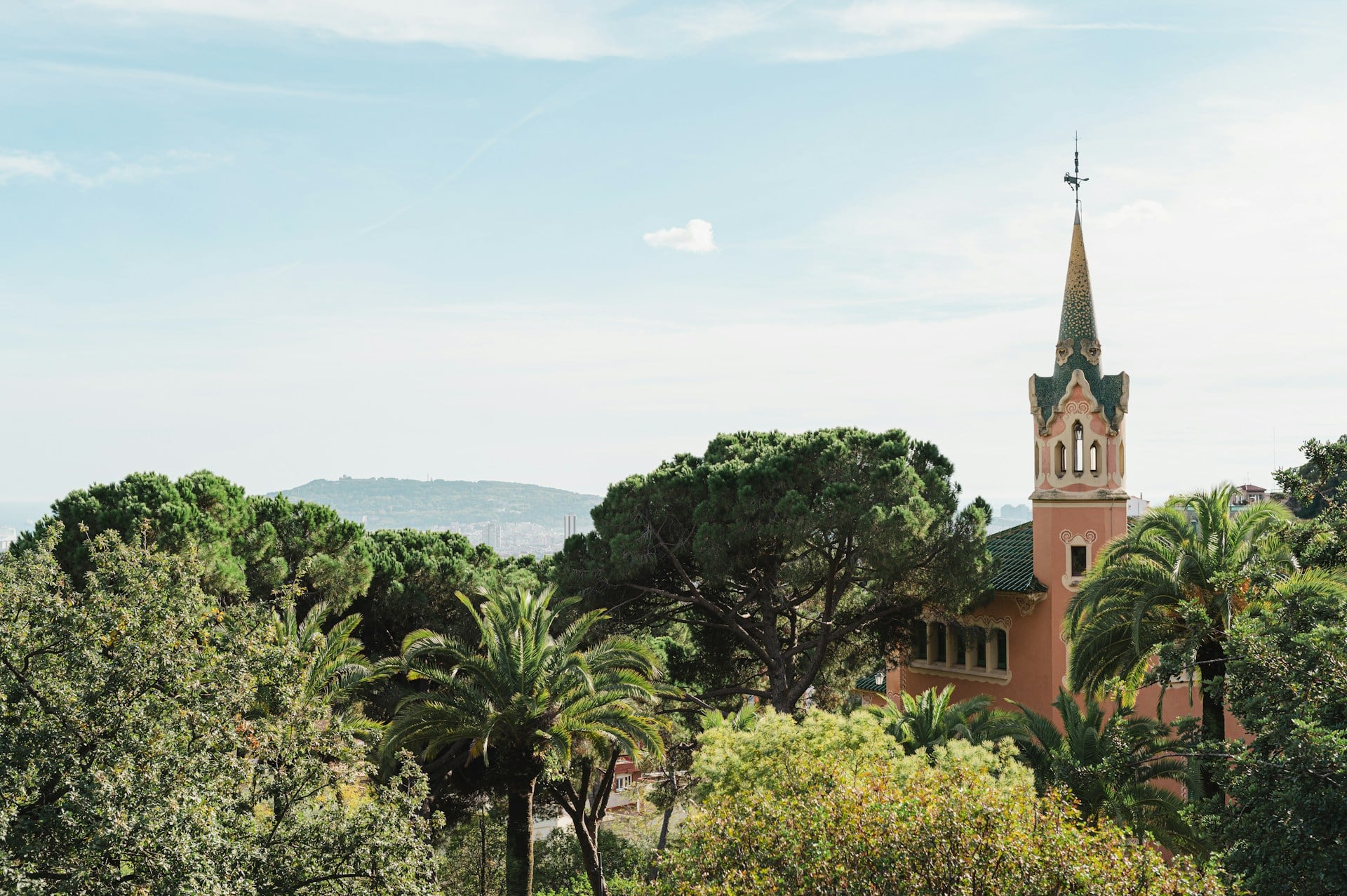
8. Enjoy the city from above
While reaching the Bunkers del Carmel might be a bit of a workout for some, the payoff is unparalleled.
Many tourists and locals will argue that it’s the best 360-degree panorama of Barcelona. And if you’re looking for a history lesson, the MUHBA Turó de la Rovira offers free entry. This small museum details the role of the bunkers as an anti-aircraft battery during the Civil War, and later as a shantytown sheltering over 3000 residents from the 1940s to 1960s.
Note: due to its surge in popularity, local authorities have restricted access to daylight hours only to limit noise and unruly behavior.
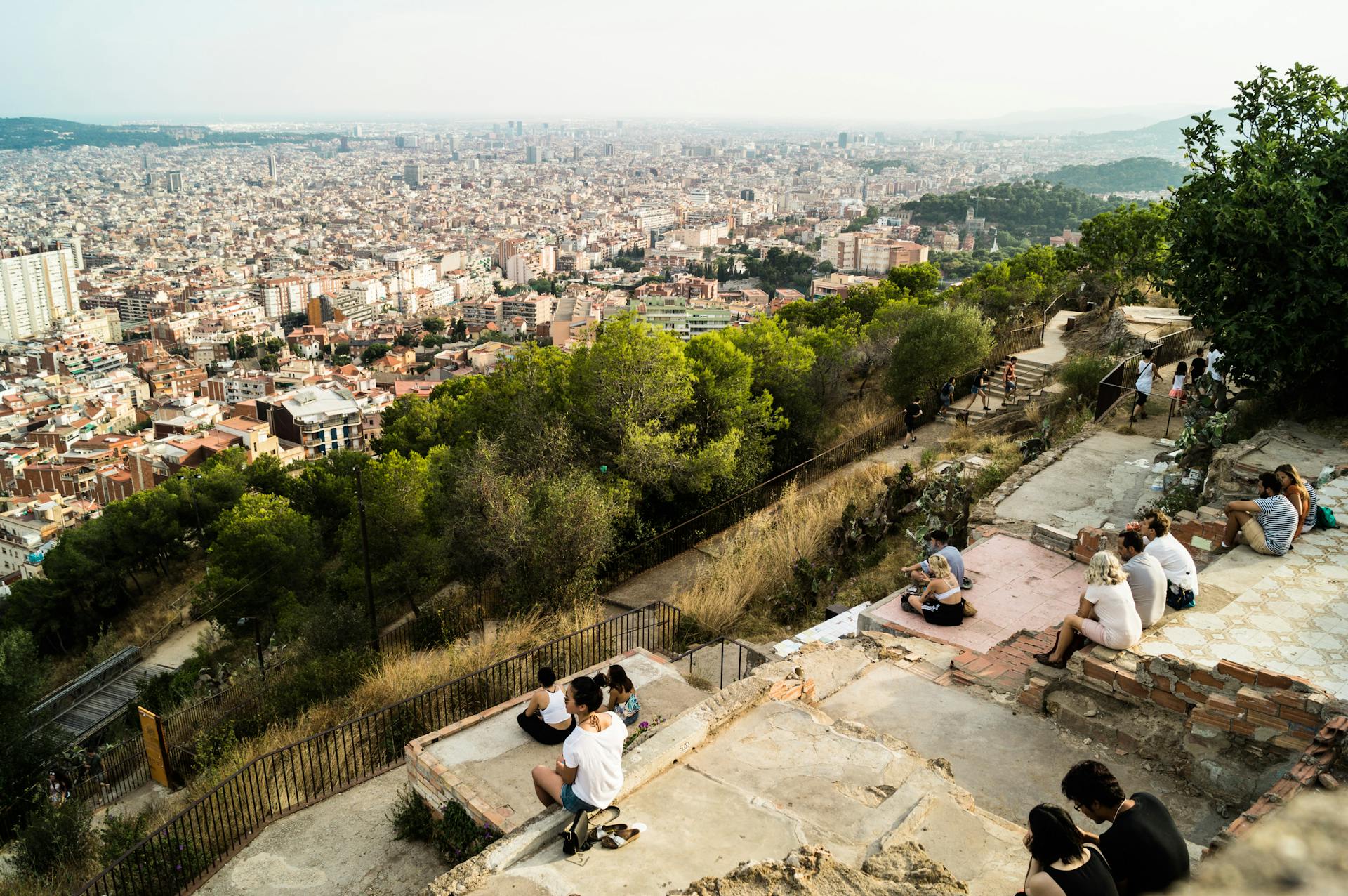
And there they are. Our top picks of free activities when in Barcelona.
Don’t take our list as exhaustive, though. There’s always more to see, do, and discover in any travelers’ hotspot. Just don’t forget to book your Barcelona EBike Tour, as while it’s not completely free like these activities, it’s an affordable (and sustainable) way to see some of Barcelona’s finest sights.

